Anglo-Saxon conquest of Britain
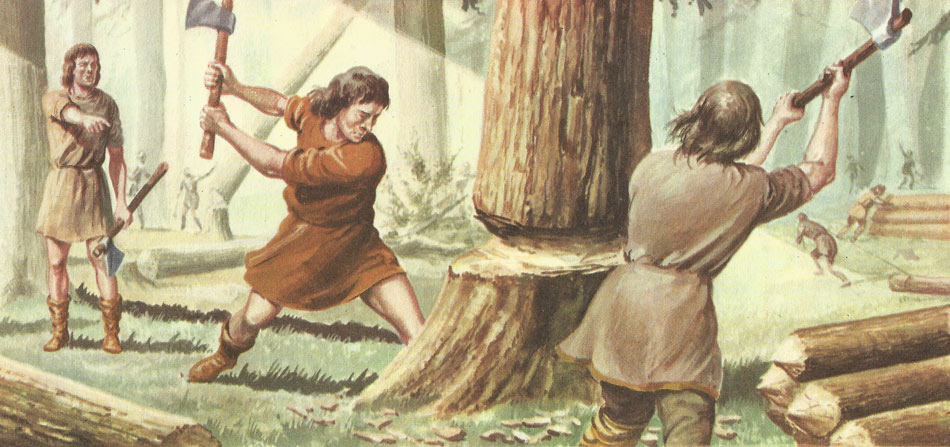
Figure 1. The Anglo-Saxon 'invasion' was not an organized affair like that of the Romans in 43 BC or of the Normans in AD 1066. They came in small groups; they were driven to Britain by a force more powerful than themselves and many people in England today are their descendants.
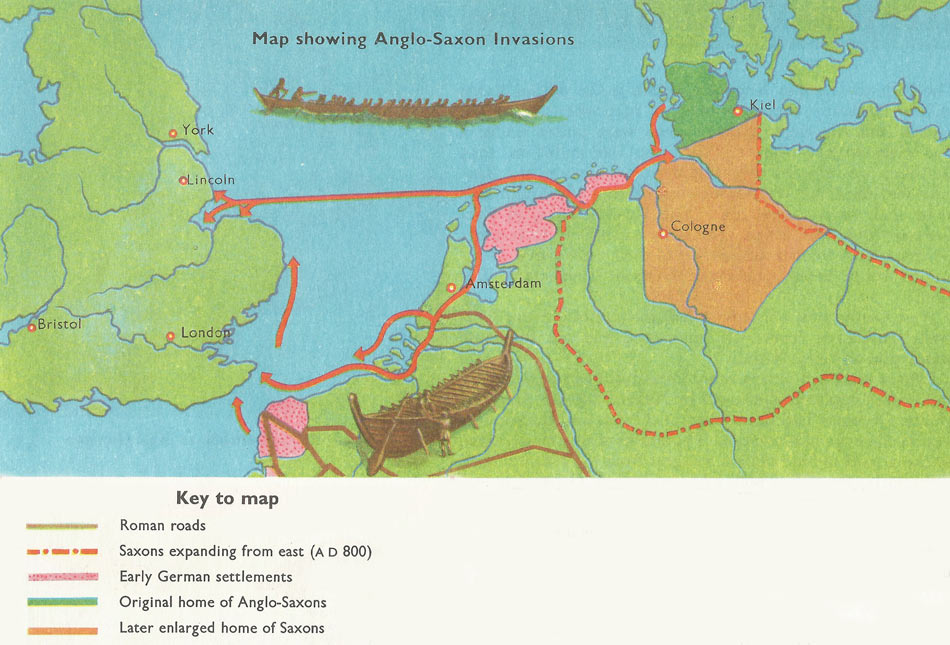
Figure 2. Anglo-Saxon invasions.
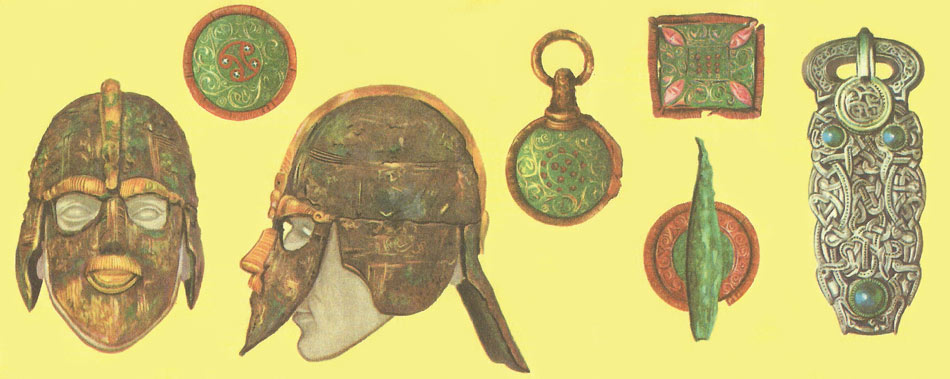
Figure 3. In 1939 at Sutton Hoo, near Ipswich, a Saxon ship burial was uncovered. This was the richest treasure ever dug on British soil. It was probably a pagan monument to an East Anglian king in about the year 650. In the ship were found gold jewelry studded with garnets and colored glass, silver plate, weapons, bowls, drinking horns, and many other objects. The jewelry and ornaments showed the highest craftsmanship. All these objects are now in the British museum. The ship contained everything which it was thought the dead king would need on his journey to the next world.
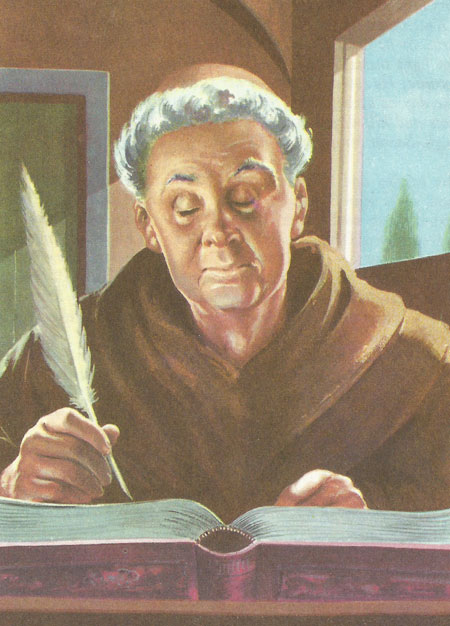
Figure 4. The Anglo-Saxons were illiterate. Two hundred years passed before they could read, let alone write about what was happening in Britain. For this reason there are very few historical records of this period. The Welsh monk Gildas is our best source of information because he wrote within a century of the coming of the Anglo-Saxons. He attacked his fellow Britons for leading lives of ease and luxury and for not stopping the invaders.
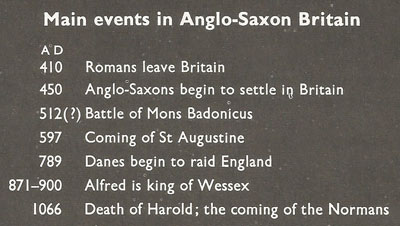
The first account of the Saxons in Britain is a dark romantic story of blood and treachery. In about the year AD 450 Vortigern, a Kentish chieftain, was being harassed by the Picts from the north. So he asked the Saxon brothers Hengist and Horsa to help him fight them. Vortigern fell in love with Hengist's daughter Rowena. He could only marry her if he gave up Kent to Hengist. One day at a conference Hengist's men pulled knives from their boots and killed 300 British nobles. Kent became the first of the Anglo-Saxon kingdoms in Britain.
By day, when they were not fighting, the Saxons worked hard to improve the land of Britain. There was a great deal to do. Swamps and forests covered the country. Between 450 and 1066 they changed the face of Britain by clearing the forests and establishing villages, farms, and tracks over the whole country. At first the Anglo-Saxons had a dislike for towns and preferred to live in small villages. Later, however, these grew into towns whose names often ended in -ton. (e.g. Kensington and Edmonton).
The Angles and Saxons came to Britain in the fifth century, 1,600 years ago. They were ancient German tribes and lived next door to each other in what is now north-west Germany and Southern Denmark. They crossed 130 miles of open sea in long, narrow boats which had 14 oars on either side. Sometimes 40 people made the journey in one boat; the waves broke over the low sides and soaked the passengers. But they were a rugged people and willing to risk everything to come to Britain.
What was the state of Britain when the Anglo-Saxons began their landing in the east and south coasts? Though the years 410–450 are an age of darkness in which we know very little; until the beginning of the fifth century Britain was secure and prosperous under Roman rule. Christianity was the official religion of the country. All over the country there were large towns, military garrisons, and villas, which were partly farms and partly country houses. There was peace and plenty in the land. But Roman power was weakening, although people did not notice it at the time.
Looking back over the centuries, we can now say that the beginning of the end of Roman rule in Britain came in about the year AD 360. The Picts from the north raided the country round York; the Irish (then called 'Scots') harried western Britain and carried off thousands of people to slavery, including St Patrick. And then the Saxons joined in by attacking the east and south coasts. What were at first pin-pricks became serious nuisances.
When the Emperor Theodosius died in 395 the Roman Empire was split in two. The new western Emperor was Honorius, a foolish man who was only interested in breeding pigeons. In 410 Rome was sacked by Alaric and his Visigoths. Honorius then wrote to all the cities in Britain, to say that they must now look after themselves. Soon afterwards the Roman legions left Britain.
Britons no longer had the strong arm of Rome to protect them. They had to stand up for themselves and fight those tribes who attacked their land. Of these the most deadly were the Angles and Saxons. As we have seen, they came at first to help the Britons repel the warlike Picts in return for promises of land. It was soon quite clear that the unfortunate Britons had set a thief to catch a thief. Then began the long bloody struggle between the Celts (or Britons) and the English, as the Anglo-Saxons were now called. Out of the darkness of these days emerges the shining figure of Arthur.
The stories of his noble deeds have stirred the hearts of men and women throughout the ages. Arthur was a Briton, trained as a Roman soldier. He is said to have won 12 victories over the invading English, the last and greatest of which was at Mount Badon, near Swindon, in about AD 500. The historical Arthur may not have been like the King Arthur of legend with his Knights of the Round Table, but he was certainly a great soldier and patriot.
Arthur's victory kept the enemy at bay for another 50 years. But the English tide was too strong. In their long narrow boats they came in greater and greater numbers, in large parties and in small. They poured into the creeks and estuaries of East Anglia and settled on the banks of slow-running rivers.
By the end of the 6th century the English controlled most of what is now England and they founded the great kingdoms of Wessex, Mercia, and Northumbria. The Britons were pushed further and further west to Devon and Cornwall, to Wales and to the area west of the Pennines called Strathclyde. Many of those who remained became slaves. In the English areas Christianity almost disappeared and the pagan religion of the German people took its place. The conversion of the English began in 597 when Augustine landed with his monks in Kent on a mission from Pope Gregory the Great.
Anglo-Saxon society
What do we know about the habits and customs of our Germanic ancestors? We would like to know how they were governed and how they lived and dressed.
The answers to these questions come mostly from writings of people who lived in those days, from place-names and from archeological discoveries such as burial urns, brooches and grave-goods, which are all the weapons and ornaments buried with a Saxon warrior when he died.
Our literary sources are not very reliable because they were written some time after the coming of the Anglo-Saxons to Britain. The earliest writer is the Welsh monk Gildas (500–570) (Figure 4). He was a Briton and hated the Saxons. He spoke about the fire of the invaders licking the ocean with its red and savage tongue. So we cannot expect to get an unbiased account of the Saxon way of life from him.
There is, however, no doubt that the Saxons were savage barbarians. The word 'Saxon' comes from 'seax' or 'sahs', meaning a short sword. More people were killed and more homes destroyed in Britain than ever again in our history. Aerial photographs show traces of British villages on the hills which the Saxons wiped out. In cemeteries near Cambridge and Croydon Saxons were buried with the heads of enemies they had slain.
Saxon homes
The Roman towns in Britain were beginning to crumble before the Saxons arrived. Some, like Silchester in Berkshire, disappeared completely and others, like London, Colchester and York, survived because they were on waterways and well placed for trade. The Britons and Saxons had in common a dislike of town life. But whilst the Britons built their villages on hilltops, the Saxons preferred to live in valleys. They built huts of wattle and daub, or mud and straw.
The names of Saxon settlements often contained -ing (group of settlers from the same family) or -ton (enclosed agricultural settlement). Examples are places like Hastings, Kensington, and Nottingham.
The larger settlements had a central hall where the Saxons feasted. Logs crackled in the hearth and the walls were hung with arms. The lord presided and the retainers sat on benches and spent the long evenings drinking and listening to the minstrel singing to the harp.
Anglo-Saxon gods
The Angles and Saxons knew neither Roman civilization nor Christianity. In their native Germany they had many gods, but the only ones which were at all popular in England were Woden, the god of War, and Thor, the god of Thunder. The other English gods were of little importance, although they gave their names to the days of the week. Tuesday comes from Tiw, Wednesday from Woden, Thursday from Thor, Friday from Frig.
Temples to Woden or Thor were built by kings or rich landowners; oxen, horses and pigs were sacrificed and people sprinkled themselves with their blood.
Heathenism did not satisfy the spiritual needs of the English and they were ready for Christianity when Augustine arrived in 597.
Dress and ornaments
The men spent their days in hunting, fighting, and plowing and the women stayed at home and spun and wove. We can get an idea from their graves and from a few carvings. The men wore garments like kilts and cloaks fastened on to their shoulder by a brooch; the women wore long tunics down to the ankle and mantles with hoods.
The warrior chiefs were buried with gold-embroidered clothes and gilt buckles and drinking cups. The simple people were buried with everyday things like work-boxes, beads and knives.
